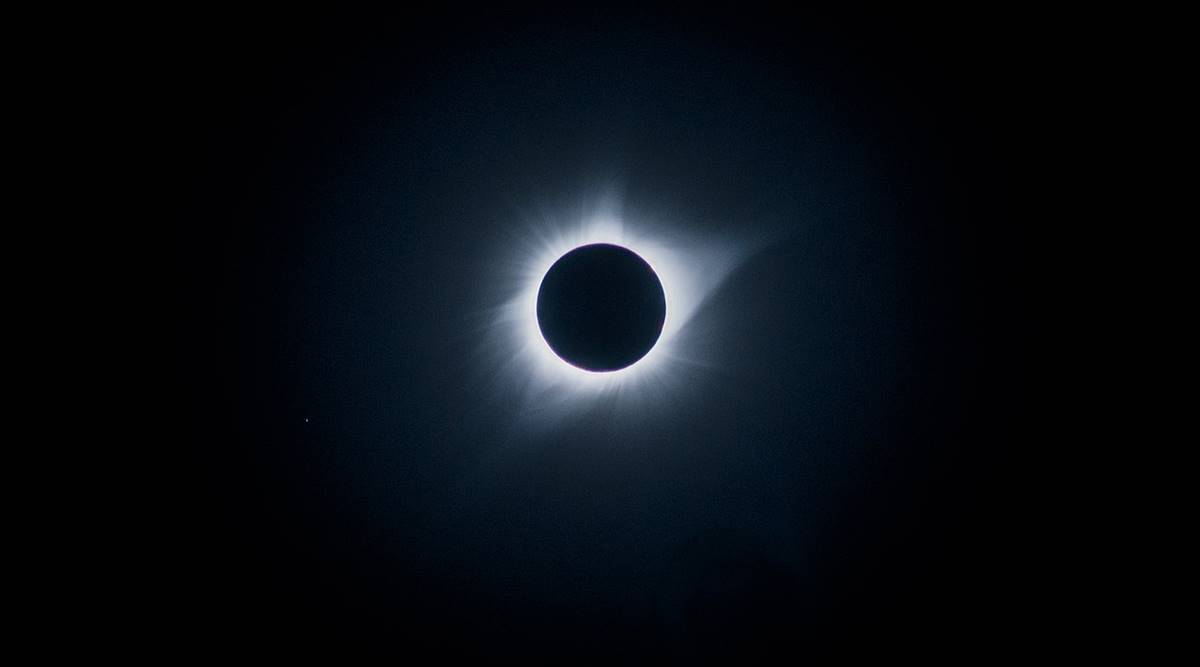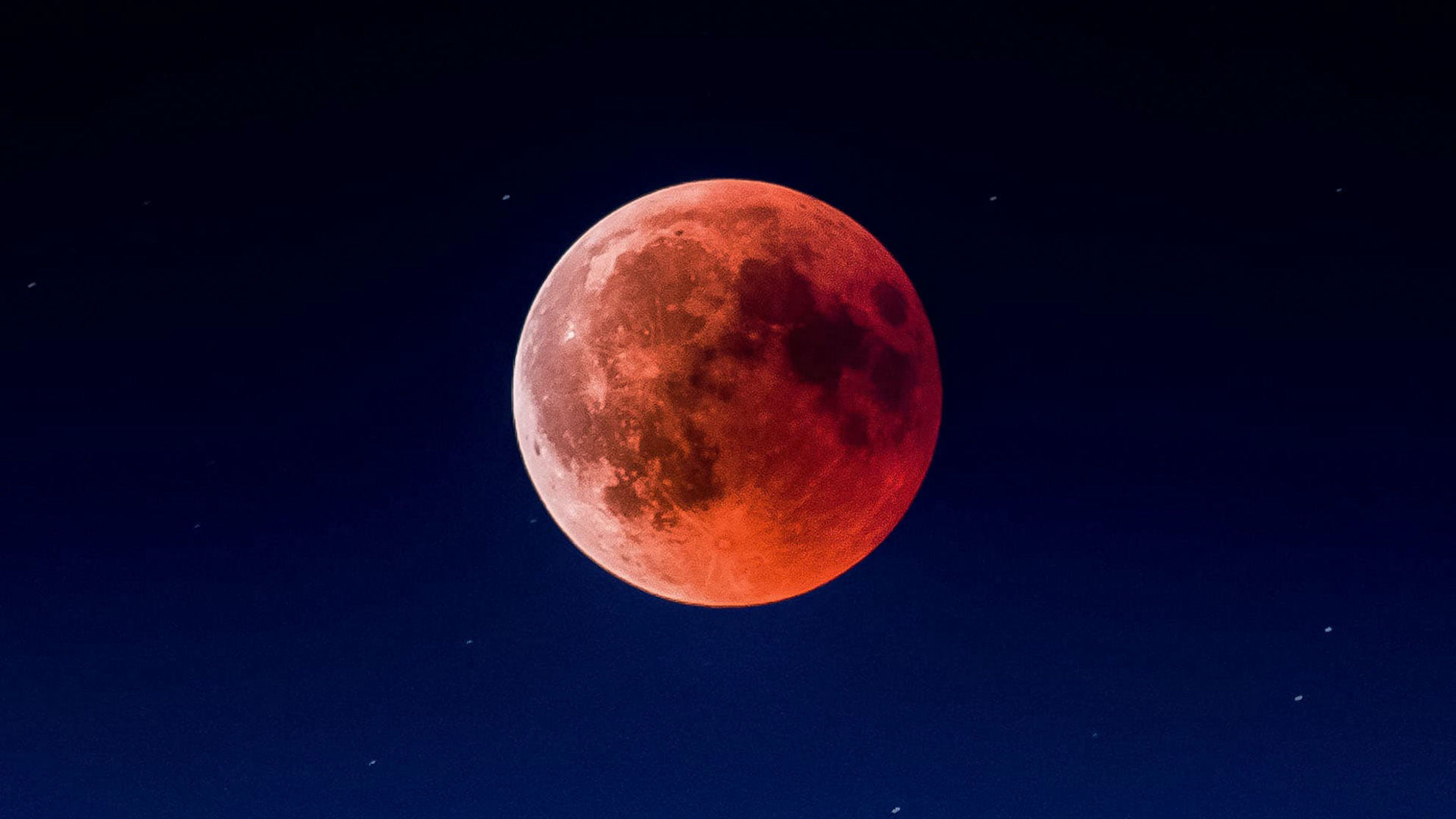

But feel free to grab a pair of binoculars or a telescope if you want a closer view at the dazzling phenomenon. Unlike a solar eclipse, a lunar eclipse requires no special equipment to view, so this event is safe to watch with your own eyes. To get the exact timing of the eclipse from your location. "And that just means more opportunities to witness little changes in our solar system that sometimes occur right before our eyes." "Partial lunar eclipses might not be quite as spectacular as total lunar eclipses – where the Moon is completely covered in Earth's shadow – but they occur more frequently," NASA wrote of the upcoming event. For observers on the West Coast, that translates to beginning just after 11 p.m., with a maximum at 1 a.m. RELATED: Leonid meteor shower 2021: When it will peak, where to best see itįor East Coast viewers, the partial eclipse will reach its maximum at 4 a.m. This means the partial eclipse phase will last a whopping 3 hours, 28 minutes and 24 seconds, and the overall duration - from the moment the moon enters Earth’s penumbral shadow, to the moment it leaves - will be around six hours. 19 in North America, starting at 2:19 a.m. The partial lunar eclipse will peak at its maximum early on Nov. Observers in North America, Alaska, eastern Australia, New Zealand and Japan will be able to see the entire partial lunar eclipse. "It just grazes that edge, so definitely something not to miss." When, where to see partial lunar eclipse "This is about as close to a total eclipse without being a total eclipse as you can get," Petro continued. The next time Earth will see a partial lunar eclipse as long will be on February 8, 2669.

Meanwhile, November’s partial lunar eclipse, which is the second partial eclipse of 2021, will be the longest such event within a stretch of 1,000 years.


(Photo by LOIC VENANCE / AFP) (Photo credit should read LOIC VENANCE/AFP via Getty Image The moon is seen during a partial lunar eclipse in Lavau-sur-Loire, western France, on July 16, 2019.


 0 kommentar(er)
0 kommentar(er)
